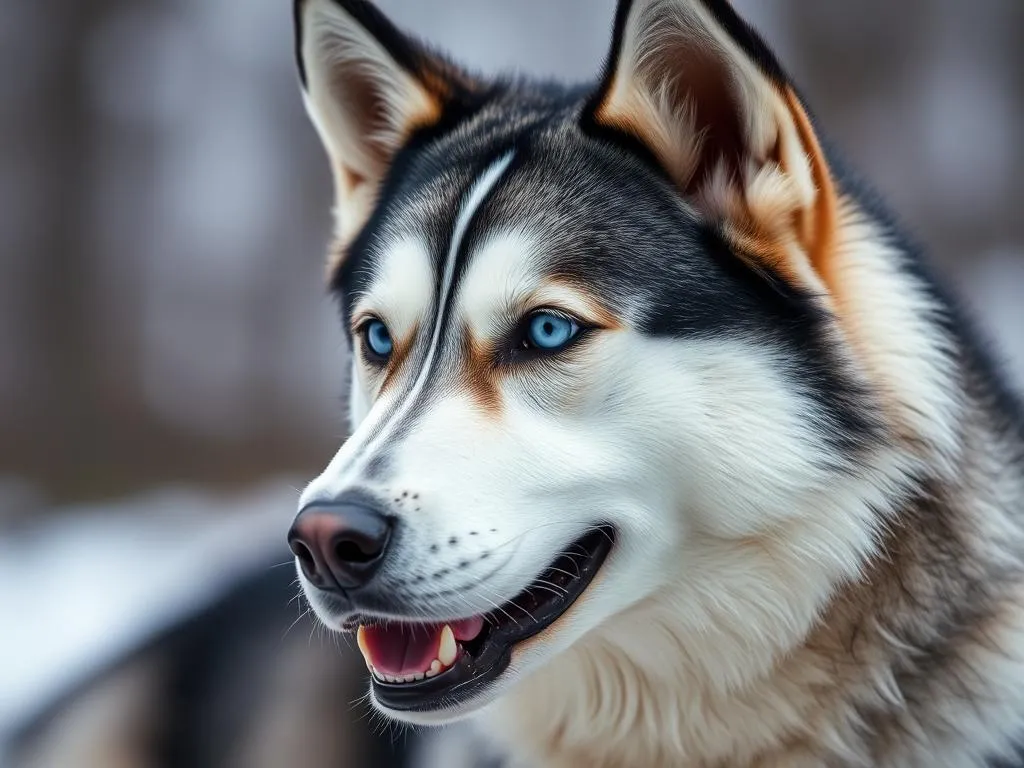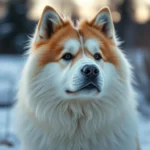
Understanding dog breeds is essential for anyone considering bringing a furry friend into their home. Each breed has unique characteristics that cater to different lifestyles, preferences, and needs. From loyal companions to working dogs, various breeds serve specific purposes. Among these breeds, the Siberian Husky stands out as a popular choice for many dog lovers. This article delves into the world of dog breeds, focusing particularly on the Siberian Husky, its history, characteristics, and care requirements.
Understanding Dog Breeds
Definition of a Dog Breed
A dog breed is defined as a group of dogs that have been selectively bred for specific traits and characteristics. This can include size, coat type, temperament, and behavior. Historically, dog breeding has played a crucial role in developing breeds that serve particular purposes, such as herding, hunting, guarding, or companionship.
Importance of Breed Characteristics
The characteristics of a breed are vital in determining how well a dog will fit into a potential owner’s lifestyle.
- Physical Traits:
- Size (small, medium, large)
- Coat (short, long, curly)
-
Color (various shades and patterns)
-
Emotional and Behavioral Traits:
- Temperament (friendly, reserved, aggressive)
- Energy Levels (high-energy breeds vs. low-energy breeds)
Genetics plays a significant role in these traits, influencing everything from health to behavior.
The Role of Breed Standards
Breed standards are guidelines established by kennel clubs and breed organizations to maintain the integrity of a breed. These standards define the ideal traits and characteristics of a breed, ensuring consistency and predictability in breeding practices. Organizations such as the American Kennel Club (AKC) and the Fédération Cynologique Internationale (FCI) are key players in the establishment and maintenance of these breed standards.
Overview of Popular Dog Breeds
Working Breeds
Working breeds are known for their strength, intelligence, and ability to perform tasks. Examples include the German Shepherd and Rottweiler. These breeds often excel in roles such as search and rescue, police work, and guarding.
Sporting Breeds
Sporting breeds are enthusiastic and energetic, making them great companions for active families. Breeds like the Labrador Retriever and Golden Retriever are known for their friendly nature and love for outdoor activities.
Toy Breeds
Toy breeds are small in size but big in personality. Breeds such as the Chihuahua and Pomeranian are perfect for those who live in smaller spaces or prefer a more portable pet.
Herding Breeds
Herding breeds, like the Border Collie and Australian Shepherd, are known for their intelligence and work ethic. They are often used in agricultural settings to herd livestock and can be highly trainable.
Terriers and Hounds
Terriers, such as the Jack Russell Terrier, are energetic and feisty, while hounds, like the Beagle, are known for their keen sense of smell and tracking abilities. Both groups bring unique traits and characteristics to the table.
In-Depth Look at the Siberian Husky
History and Origin
The Siberian Husky has a rich history that dates back over 3,000 years. Originally bred by the Chukchi people of Siberia, these dogs were essential for their survival, serving as sled dogs and companions. Their endurance, strength, and versatility made them invaluable in harsh climates.
Physical Characteristics
Siberian Huskies are medium-sized dogs, typically weighing between 35 to 60 pounds. They are known for their striking appearance, which includes a thick double coat that can come in various colors, including black, gray, red, and agouti. One of their most distinctive features is their eye color, which can range from brown to blue, and some Huskies even have one of each!
Temperament and Behavior
Known for their friendly and outgoing nature, Siberian Huskies are social animals that thrive on interaction with humans and other dogs. They are highly energetic and require regular exercise to keep them happy and healthy. While they are not aggressive, they can be independent and sometimes stubborn, which may pose challenges during training.
Health and Lifespan
On average, Siberian Huskies live between 12 to 15 years. Common health issues include hip dysplasia, eye disorders (such as cataracts), and skin issues. Regular veterinary check-ups and a healthy diet can help mitigate some of these concerns and contribute to a longer, healthier life.
Training and Exercise Needs
Training is essential for a Siberian Husky due to their independent nature. Positive reinforcement techniques work best, as they respond well to encouragement rather than harsh discipline. Huskies require significant exercise, ideally at least 1-2 hours a day. Activities like running, hiking, and playing fetch can help burn off their abundant energy.
Caring for a Siberian Husky
Nutrition
A well-balanced diet is crucial for a Siberian Husky to maintain their energy levels and overall health. High-quality dog food that meets their nutritional needs is important, and owners should be cautious about overfeeding, as Huskies can be prone to obesity.
Grooming
Siberian Huskies have a thick double coat that sheds heavily, especially during seasonal changes. Regular brushing is necessary to manage shedding and keep their coat healthy. It’s recommended to brush them at least once a week, increasing frequency during shedding seasons.
Socialization and Interaction
Early socialization is key for a well-adjusted Siberian Husky. Exposing them to various people, environments, and other animals can help them develop into well-rounded dogs. Regular playdates and training classes can also enhance their social skills.
Choosing the Right Dog Breed for You
Factors to Consider
When selecting a dog breed, it’s essential to consider your lifestyle. Siberian Huskies require an active owner who can provide ample exercise and mental stimulation. If you live in a small apartment and lead a sedentary lifestyle, a Husky may not be the best fit.
Assessing Compatibility with a Siberian Husky
Before bringing a Siberian Husky into your home, it’s essential to evaluate your energy levels and activity needs. Huskies require regular exercise and mental engagement; thus, an active family or individual is ideal for this breed.
Adoption vs. Buying
Adopting a dog can be a fulfilling experience. Shelters and breed-specific rescues often have Huskies in need of homes. Purchasing from a reputable breeder is another option, but it’s crucial to research and ensure ethical breeding practices.
Conclusion
Understanding dog breeds is vital for prospective pet owners. The Siberian Husky is a unique breed that offers companionship, loyalty, and a playful spirit, but they also come with specific needs and challenges. It’s important to consider your lifestyle and the commitment required before choosing a breed. With the right preparation and dedication, a Siberian Husky can be a rewarding addition to any family.
In summary, whether you are drawn to the Siberian Husky for its stunning appearance or its friendly demeanor, understanding the breed’s characteristics will help ensure a harmonious relationship. Those who are willing to invest the time and energy into training and caring for a Husky will find a loyal and loving companion.









